Night vision cosmetics refer to the looks of the Image Intensifier Tube (IIT) and are not tied to most of the parameters on the specifications of night vision devices. They are usually called blemishes by the community (in short: blem). Night vision blemishes can occur during manufacturing process, while using NVD incorrectly and may shorten the life cycle of IIT.
Unfortunately, most blemishes cannot be fixed. They are there to stay. Below we will describe the most common blemishes.


Spots
Most common form of blem is known as spots or blackspots. Blackspots can occur either during manufacturing of the IIT or due to incorrect use (for example laser damage).
Spots that occur during manufacturing can vary in size and their location determine the price and classification of the ITT. For example spots may determine if a tube falls under Photonis commercial or ECHO category. Location of spots in ITTs are divided between 3 zones. Different IIT classifications have standards on how many or big spots may occur in every zone.
Note: ECHO tube that has a blackspot due to incorrect use, is still in ECHO classification. It’s just damaged.
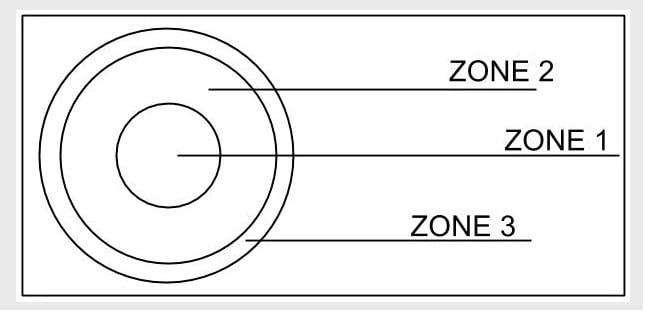
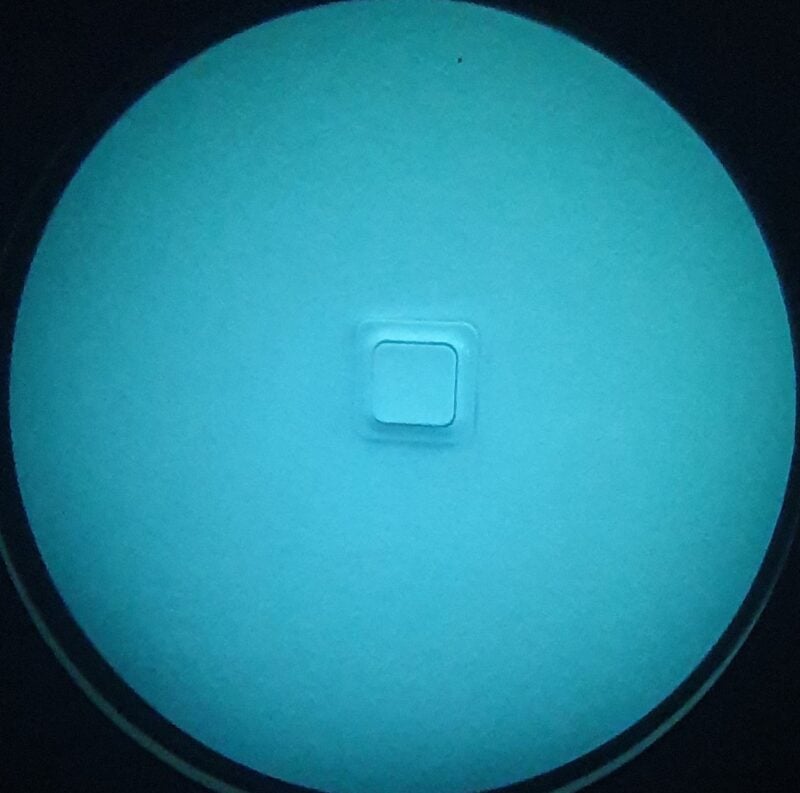
Spot can be spotted in zone 2 and 3 of this ITT
Burn in
Night vision burn in happens when a tube is exposed to bright light for a long period of time. Before IIT is burned permanently, it will experience a temporary burn. Temporary burn appears like a ghost image, traces that will disappear in a short period of time.
burn in ITT will experience temporary burn in which looks like traces that disappear in a short while. Tubes with P22 phosphor will experience temporary burn in more easily than other tubes.
Temporary burn-in
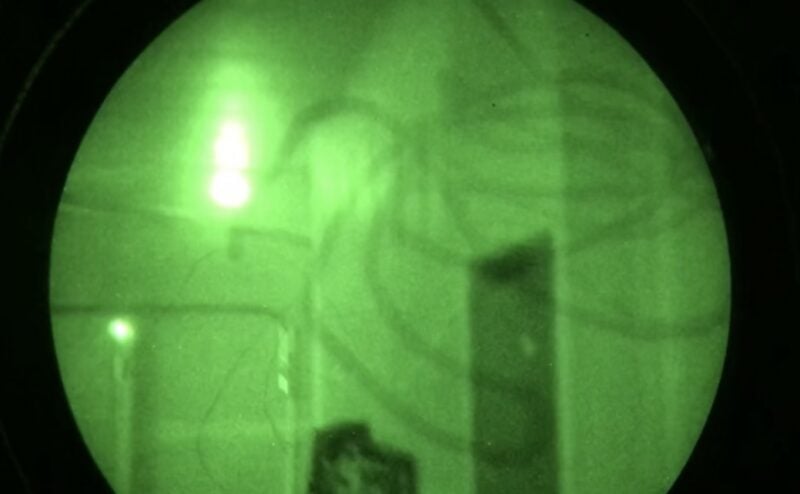
Permament burn-in
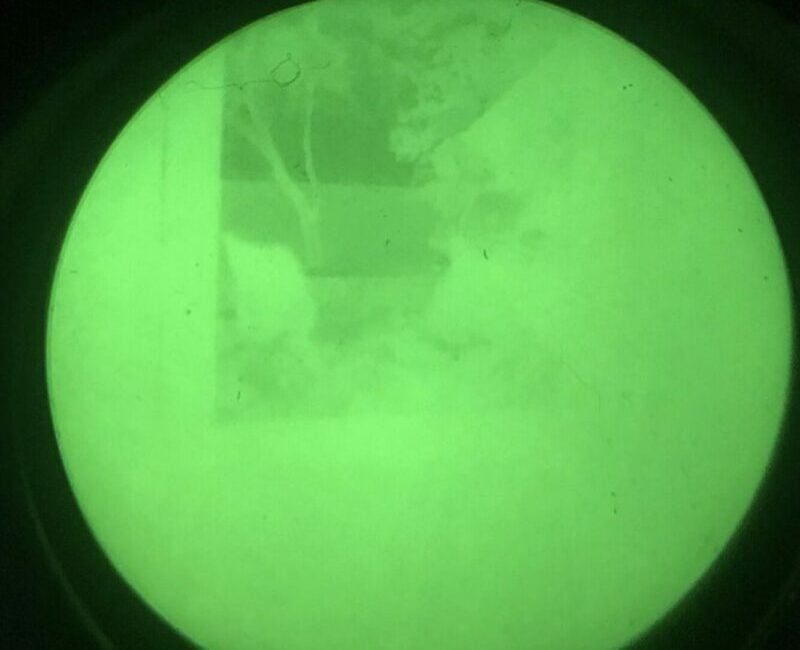
Fixed Pattern Noise (FPN)
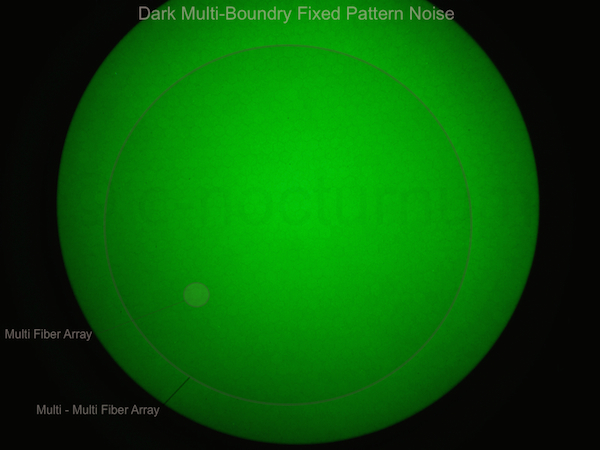
Recoil damage
Recoil damage occurs when ITT experiences shock damage. Dropped from a height, or mounted on a gun. Technically speaking, this damage is due to the components inside the tube moving around. Only special NVDs are meant to withstand recoil, for example PVS-22.
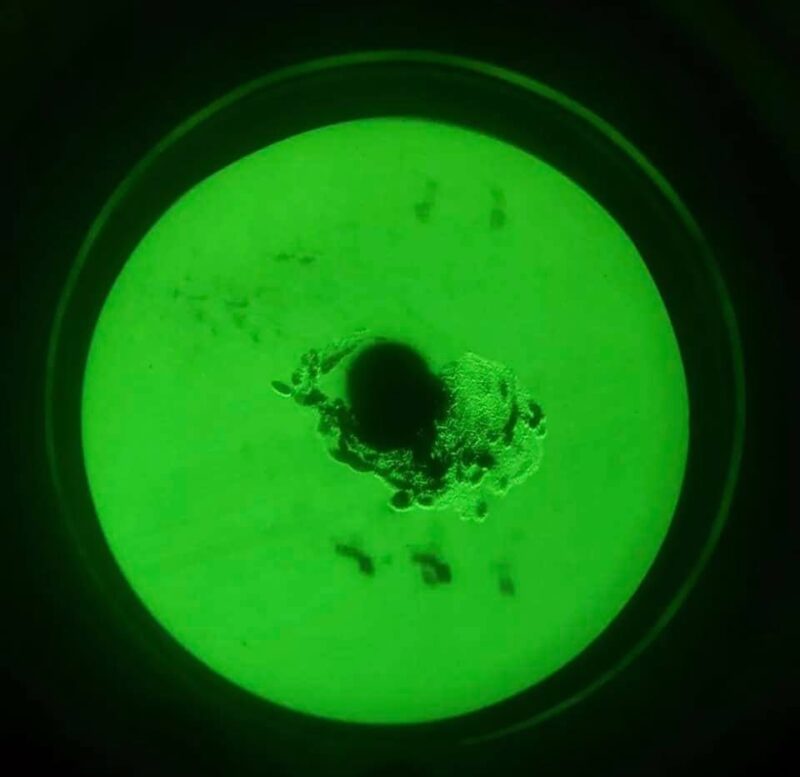
Bright spots
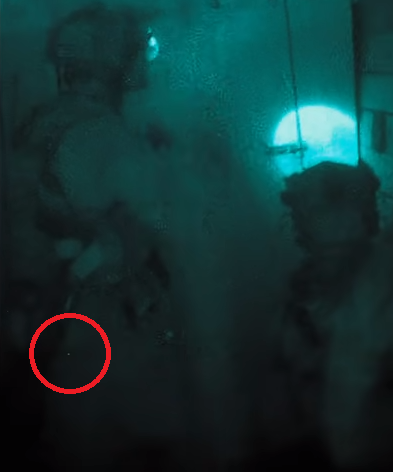
Emission points
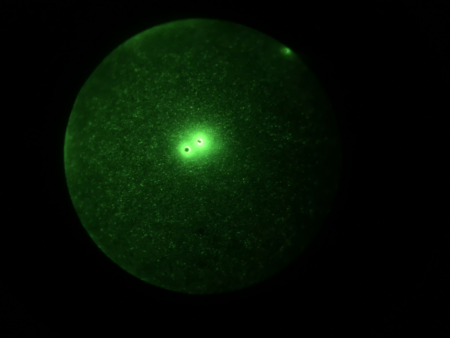
ITT “going to air”
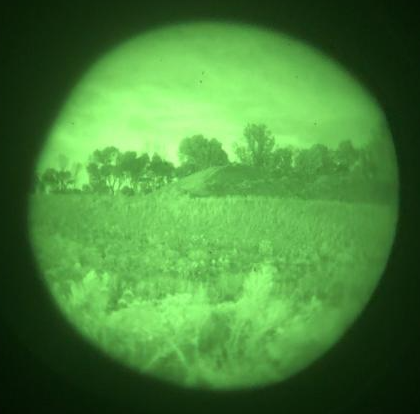
References
- https://www.cloudynights.com/gallery/image/67303-image-intensifier-fixed-pattern-noise/
(FPN) - https://www.thefirearmblog.com/blog/2021/09/03/night-vision-blemishes/ (blemishes)
- https://youtu.be/fh69vM_mIhc?t=73 (bright spot)